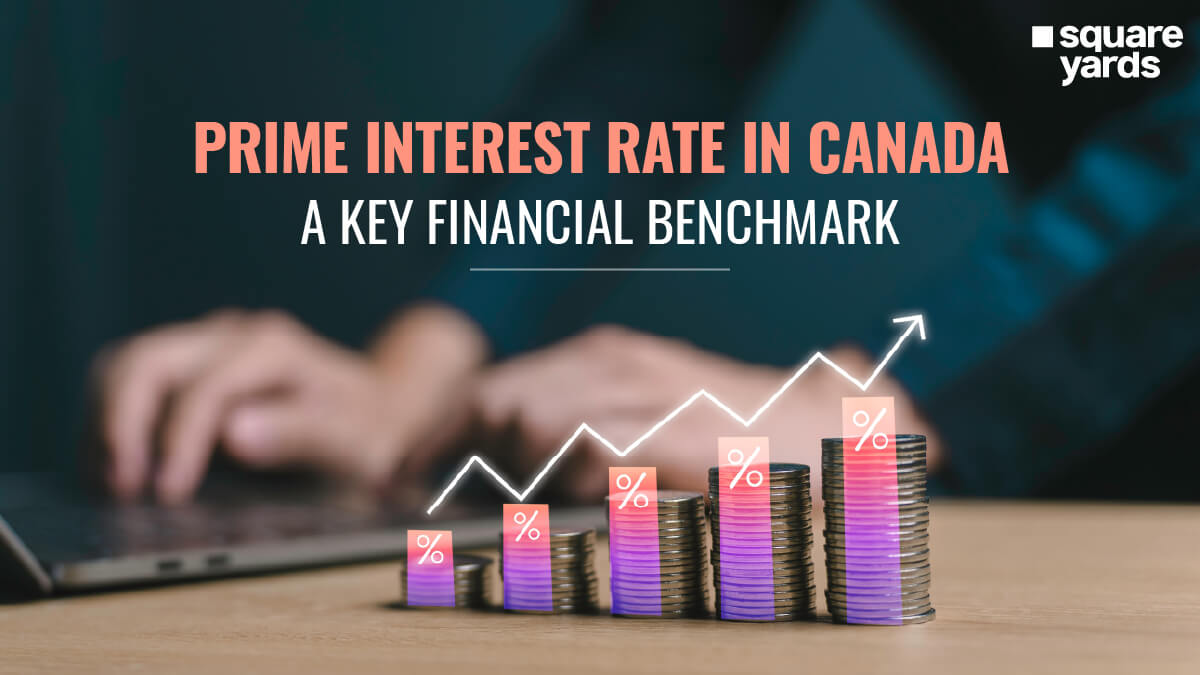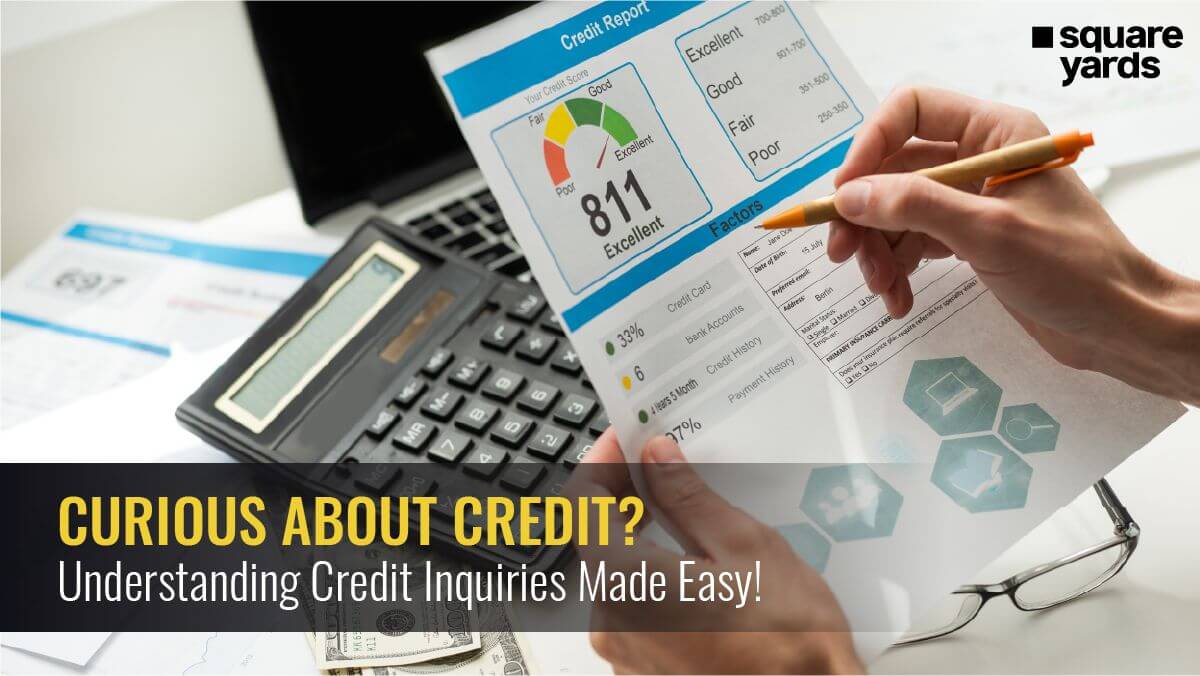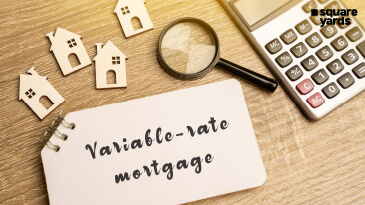In Canada, approximately 75% of variable-rate mortgages come with consistent payments. In the case of these specific mortgages, fluctuations in interest rates do not affect the total mortgage payment. They influence the division between interest and principal portions. If interest rates go up a lot, people with these mortgages might end up having payments that only pay for the interest, not the loan itself. This critical interest rate is referred to as the “trigger rate.” If the rates go above this trigger point, borrowers may have to increase their mortgage payments to cover the extra interest cost, which could surprise some households. in this blog learn what is trigger rate and how to calculate trigger rate.
Define Trigger Rate
A trigger rate is like a signal point for your mortgage. Even if your mortgage payments are usually the same, your lender can change your payment when your trigger rate is reached. This is for people with variable-rate mortgages who pay a fixed amount. Variable-rate mortgages have trigger rates to make sure homeowners are still building ownership in their homes, especially when interest rates go up. Normally, with a variable-rate mortgage, what you pay stays steady. What changes is how much of your payment goes towards interest. This is influenced by the central bank’s decisions. But with variable rate mortgages, you don’t need to worry about trigger rates. To summarise, the trigger rate is when the interest you owe becomes more than your total payment.
You will be required to either increase your payments, apply accumulated interest to your principal, or convert to a fixed rate mortgage because none of your payments are going towards your main debt.
Know How to Calculate Trigger Rate
For people with variable-rate mortgages, the trigger rate is unique to each homeowner. It depends on your mortgage details like the amount, monthly payment, and interest rate. To find your trigger rate easily, take a look at your mortgage papers. Your trigger rate should be clearly mentioned there. However, remember that this trigger rate assumes you haven’t made any extra payments. If you do make extra payments, they go towards your main amount, making your trigger rate go up.
-
Mathematical Equation for Trigger Rate
The mathematical equation for Trigger Rate is:
Trigger Rate (%) = (Payment amount × # of Payments per year / Balance owing) × 100
-
Example of Trigger Rate Calculation
Let’s say you have a mortgage with the following details:
Payment amount: $1,500 per month
Number of Payments per year: 12 (monthly payments)
Balance owing (remaining loan amount): $200,000
You can use the following formula to calculate the trigger rate:
Trigger Rate (%) = (Payment amount × # of Payments per year / Balance owing) × 100
Trigger Rate = ($1,500 × 12 / $200,000) × 100
Trigger Rate = (18000 / 200000) × 100
Trigger Rate = 0.09 × 100
Trigger Rate = 9%
So, in this example, the trigger rate for the mortgage is 9%. This means that if the interest rate reaches a level where the borrower’s payment goes beyond 9% of the remaining loan amount, the trigger event occurs. Your mortgage payment frequency—typically monthly or biweekly—would determine the total number of installments made each year. To determine what number to use, look at the table below:
-
- Number of Payments Per Year
|
Mortgage Payment Frequency |
Number of Payments per Year |
|
Monthly |
12 |
|
Weekly |
52 |
|
Bi-weekly |
26 |
What Happens When Your Trigger Rate is Reached?
When you hit your trigger rate, your lender will offer a few choices to prevent your payments from causing negative equity. Here are the options:
-
Payment Adjustment
Change your payment plan so some of it goes towards the actual loan amount. If you were paying off your mortgage over 20 years and you hit the trigger rate, your bank might suggest stretching it to 25 years. This works if you already have equity in your home. If you can’t extend your repayment period further, the lender might increase your monthly payment.
-
Build a Prepayment Plan
The trigger rate depends on your remaining mortgage balance. If you make a lump sum payment, your trigger rate will go up. You can also increase your monthly payments to pay more towards the main loan. But your mortgage might have some rules on how many extra payments you can make. So always make a prepayment plan.
-
Change to Fixed-rate Mortgage
Your lender might let you switch to a fixed-rate mortgage without any penalties. This locks in the current interest rates. Though it might bring peace of mind, it could end up costing you more in future. And your monthly payments would also rise.
-
Clear Your Mortgage
The final option is to completely pay off your mortgage. But if you’re concerned about the trigger rate, chances are you might not have enough money available to clear your mortgage all at once.
Percentage of Borrowers who have Achieved Trigger Rate
To figure out how many borrowers hit their trigger rate, we look at data from banks and lenders under federal rules. This data tells us about different things in the loans:
-
- The starting interest rate that was agreed
- How long it takes to pay off the loan
- If the rate is fixed or can change
- How big the loan is
End Thoughts
To sum up, grasping how trigger rates influence variable-rate mortgages is vital for Canadian homeowners. Since many of these mortgages have fixed payments, trigger rates gain importance. If interest rates climb notably, homeowners might encounter payments that only cover interest, not lowering the principal amount. This significant interest point, called the trigger rate, could result in unexpected payment changes. It’s crucial to understand trigger rates – they’re like markers for mortgages, letting lenders adjust payments as needed.
When the trigger rate is hit, homeowners have choices: tweaking payment plans, using prepayment strategies, switching to fixed-rate mortgages, or even fully paying off the mortgage. Calculating and understanding your trigger rate gives you financial insight. Interpreting the percentage of borrowers who could be affected by trigger rates offers a glimpse into the broader impact on households.
You May Also Read
|
Pros And Cons of Open And Closed Mortgage |
|
|
Inflation Mortgage Renewal |
|
|
Guide To Co-Signing a Mortgage |
|
|
All About Reverse Mortgage Loan |
Frequently Asked Questions (FAQs)
What does trigger rate mean?
A trigger rate is a crucial interest level in variable-rate mortgages. If interest rates cross this point, your mortgage payment might change unexpectedly.
What is an example of a trigger rate?
Imagine having a mortgage with a $1,200 monthly payment, 12 payments a year, and an outstanding loan of $150,000. If your trigger rate formula calculation yields 8%, your payment could adjust if interest rates go beyond 8%.
What happens if you hit your trigger rate?
When your trigger rate is reached, your lender could suggest changing your payment plan, making extra payments, switching to a fixed-rate mortgage, or even paying off your mortgage.
How do you calculate trigger rate and payment?
You can use the formula: Trigger Rate (%) = (Payment amount × # of Payments per year / Balance owing) × 100. The payment amount is your regular mortgage payment.
Is trigger rate bad?
Not necessarily. It's a point where your payment could change due to interest rate shifts. But it offers options to manage your mortgage, like adjusting payments or making changes.
How do you avoid trigger rate?
Making extra payments, refinancing, or switching to a fixed-rate mortgage are ways to avoid the trigger rate's impact. These actions can keep your payments on track.











